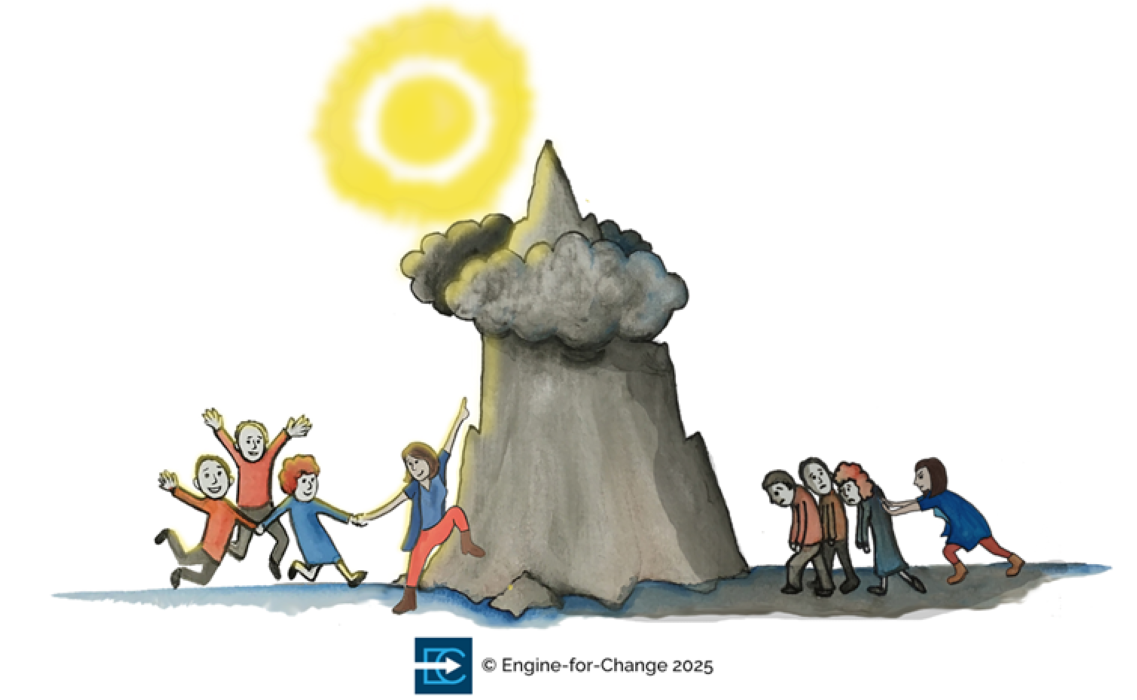You can’t escape the bleak financial news. Leading economists and financial institutions like Bank of America, Goldman Sachs and JP Morgan Chase are warning of a potential recession heading our way this year. And then, there’s inflation. They say we’re on the downswing finally. But coming from a 9.1% inflation rate[1] last year, a 40-year high by the way, it’s still shocking when your quick trip to the grocery store (not your stock-up marathon) drains nearly $100 from your wallet. If that weren’t enough, I learned a new financial term – stagflation. According to Time, it’s an old-school word for when recession and inflation happen at the same time[2]. They’re not sure it’ll happen in 2023, but they don’t rule it out.
So, if the financial situation is making me a little edgy, it’s no wonder it’s got many people and businesses concerned. You don’t need to be a financial whiz to know that fiscal uncertainty is not good for most businesses. An uncertain business can lead to uncertain employees. At the same time, business leaders know that growth is essential, even, and maybe especially, in difficult economic times. So, how do you keep your employees growing and your business changing to meet the challenges of the future when people are worried about a potential recession? When they’re spending more of their salaries just on everyday necessities like food and housing?
I may not know money, but I do know people. As a communicator and a change practitioner, I’ve worked with some of the smartest businesspeople on some interesting change initiatives over the years. It’s likely that whatever your business, you have at least one major change initiative happening in your organization now that you’re responsible for. The change may have felt manageable when you started, but with all that’s going on in the world, it seems harder to implement now. Here are three tips that may help you move forward toward successful transformation.
- Stay the course. It may be tempting to pull back on your change plan for a variety of reasons: let’s save the money, let’s corral our resources in case we need them later, let’s wait and see what happens. Don’t fall into that trap or there will always be a reason to delay. If the change was worthy enough to begin and still has positive business impact, keep going. Proactively articulate your reasons to stick with it to share when others suggest you retreat. Show confidence and leadership to those needing to make the change so they feel supported and invested. Continue the training, schedule the workshop, have the celebration. You may have to scale back or rethink a few activities, but being realistic yet optimistic and future-focused is a leader behavior people will notice and appreciate.
- Be even more human. You’re already a good leader and probably a nice person. The change you’re leading may be a difficult one. Perhaps people must move or change a long-standing behavior. Maybe there are other losses involved. You’ve already factored that into your change and communications plan and are navigating the risks well. Adding financial uncertainty affecting people’s business and personal lives can tip the scales toward failure rather than success. Increase your awareness of what your teams are feeling by listening to understand. No assumptions, no judgements – just listen. In a down economy, people may feel less autonomy to make decisions like job moves. Perhaps the lack of control will unearth resistance to the change you didn’t see before. Or maybe it’s worry about job loss, so they stay under the radar and disengage from the change. When you provide an opportunity to openly address the financial worry, people feel heard and respected. Your empathy may elicit more engagement to look for solutions.
- Reassess and don’t be afraid to change your plan. Wait, what – wasn’t tip 1 to stay the course? Yes. And a brave leader knows when to review and revise as necessary. No change goes from A to Z in a straight line, no matter how well planned. If it were that easy, you wouldn’t need the plan. You’ve set the example that your change is essential and will continue. You’re listening to learn of any new risks and uncertainties that weren’t there at the start. Now you reassess the change plan to reflect the new situation. We heard in our recent focus group with change practitioners that all felt strongly that great change must empower people and be an experience that happens with them, not to them[3]. In the current environment, is that still the case? In the Insights Report from the focus group, we recommend a creative approach to enable engagement, retention, and commitment. Are your tactics still attention-getting in a good way, or will they fall flat in the new reality? Now is the time to review what you’ve done, measure progress, and determine if you need to pivot to bring your change and your people over the finish line.
See, you don’t need to be a financial analyst to lead people though change during economically uncertain times. Just be the savvy change leader you already are with these tips.
[1] https://www.forrester.com/blogs/the-us-inflation-outlook-2023/
[2] https://time.com/6221771/stagflation-crisis-debt-nouriel-roubini/
[3] It’s time to change the way we change – Change Insights report by Forty1 [PDF]







